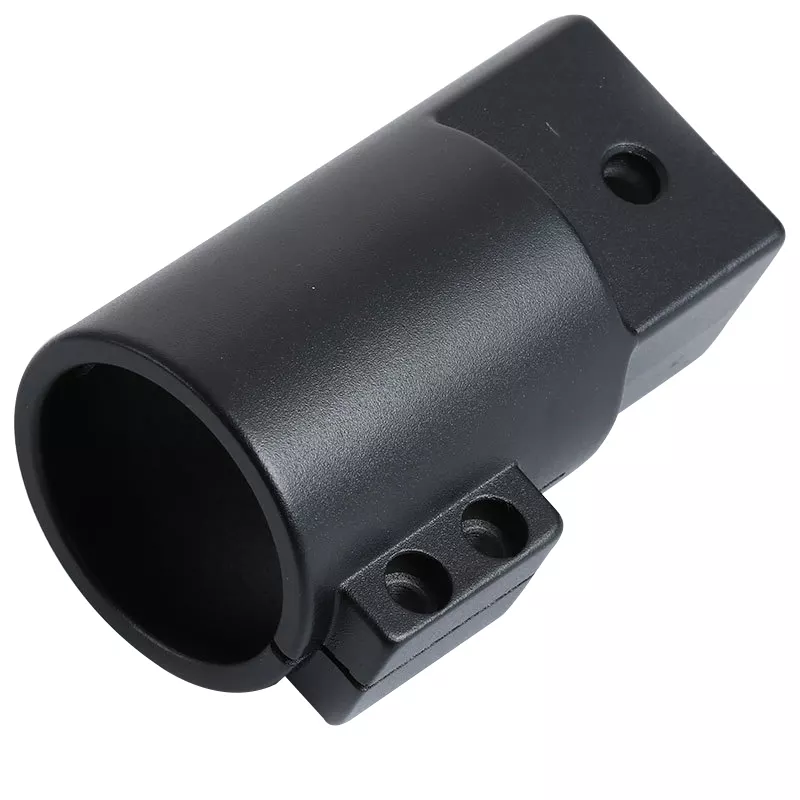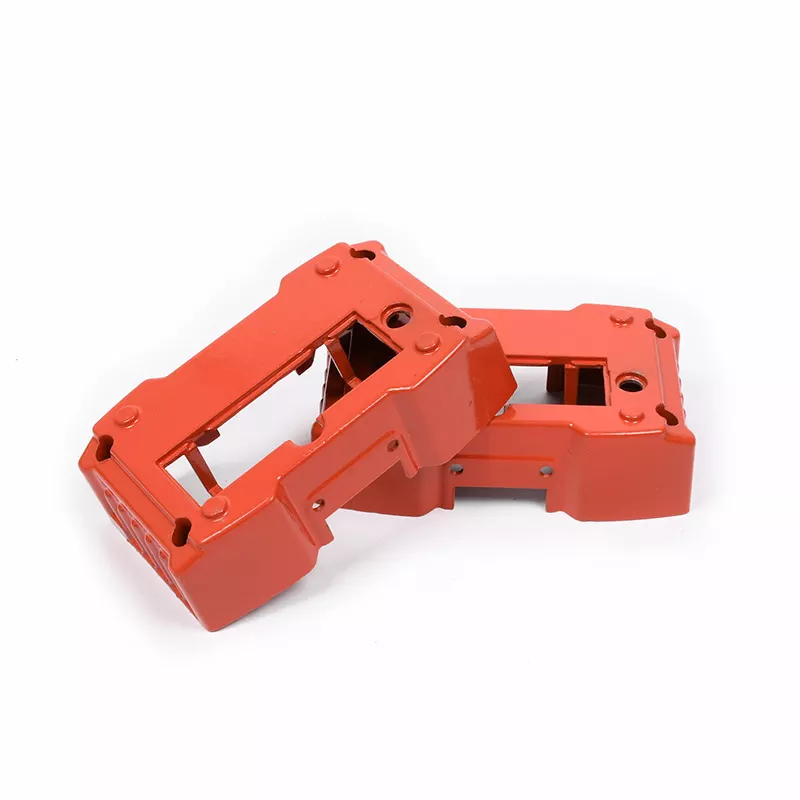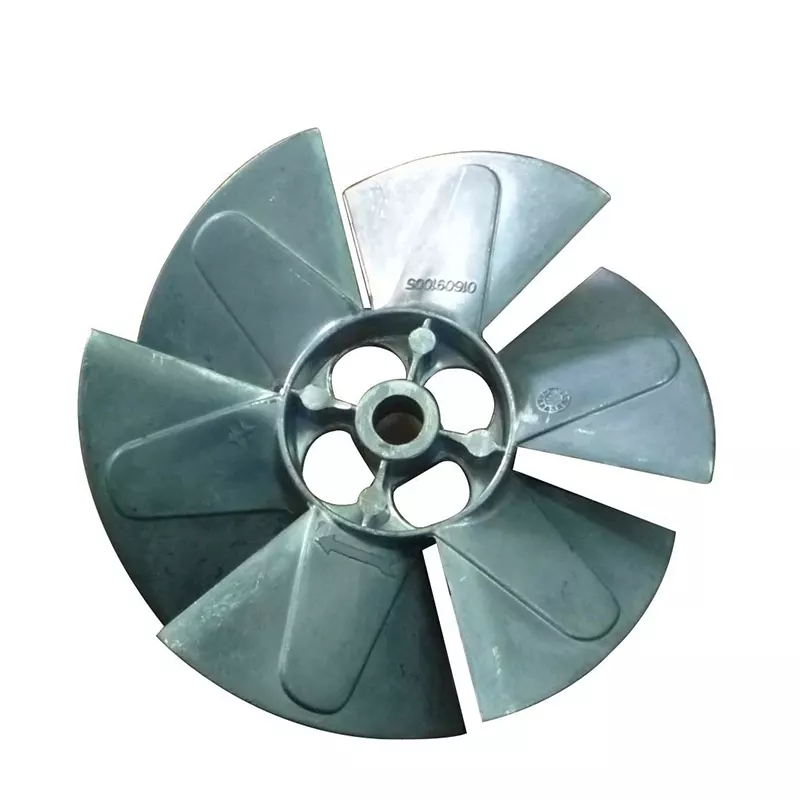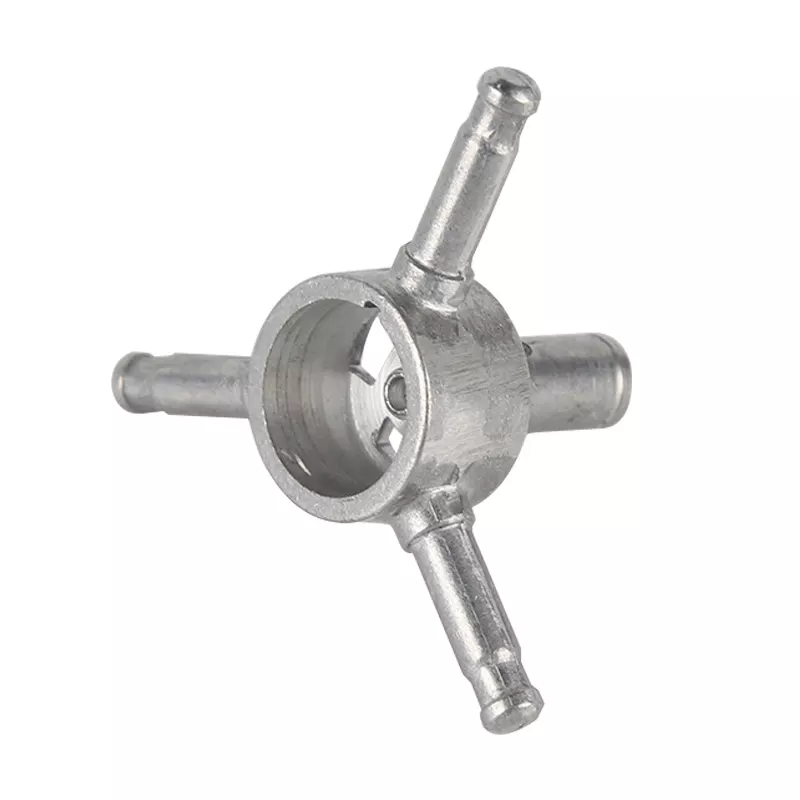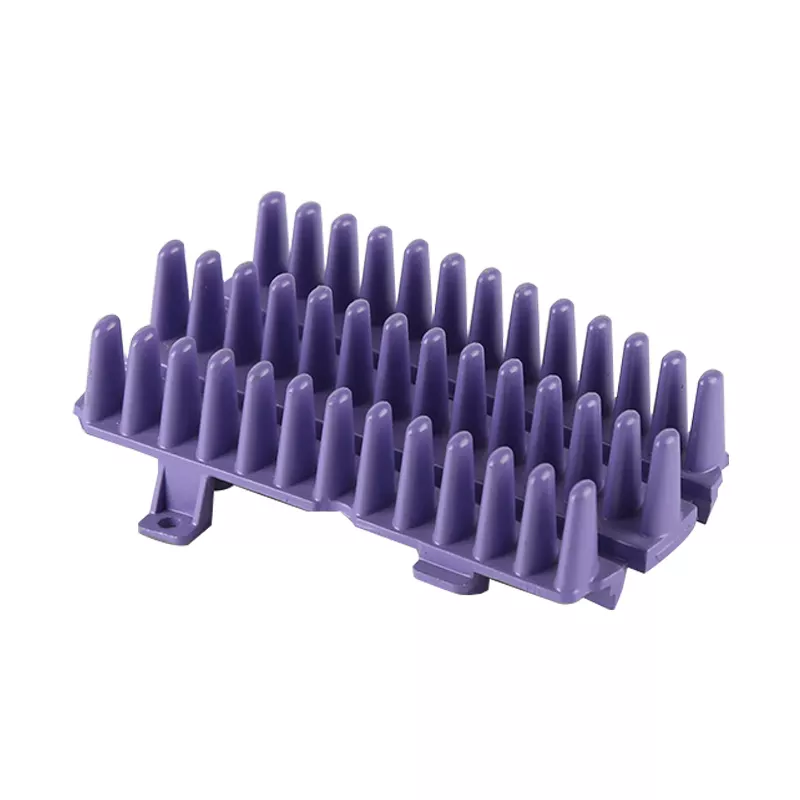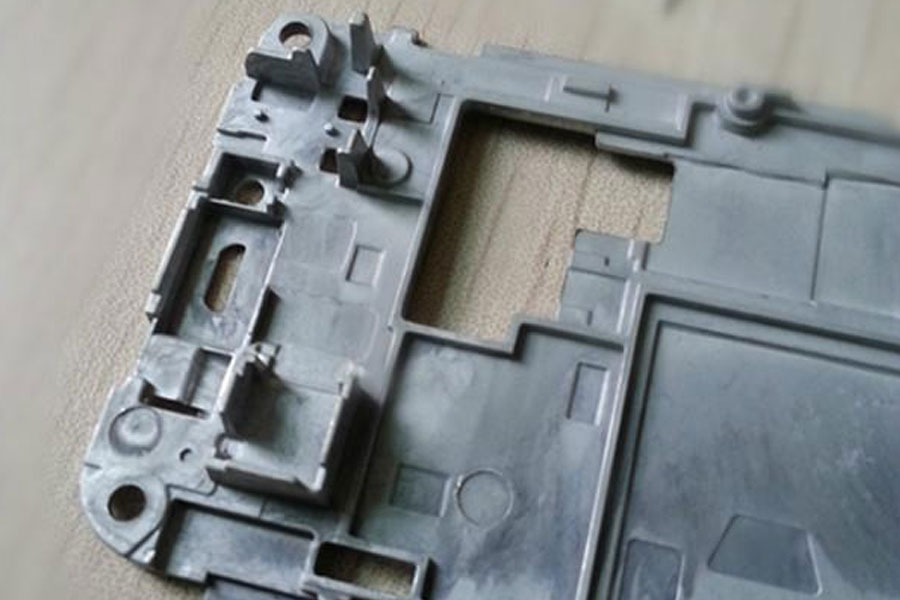
Die-casting aluminum alloy should not only ensure smooth die-casting and meet the working performance requirements of the manufactured parts, it should also have a mouth]:
According to the alloy composition, die-cast aluminum alloys mainly include Al-Si, Al-Mg and Al-Zn series. The eutectic Al-Si alloy has a small crystallization temperature interval, the silicon phase has the characteristics of solidification latent heat, large specific heat capacity, and small linear shrinkage coefficient. Therefore, Al alloys have good casting performance, filling performance and smaller heat Cracking and shrinkage tendency.
In the die-cast aluminum alloy series, Al-Si series alloys are generally the main ones, including Al-Si-Cu and Al-Si-Mg series, such as ADC12 and ADC10 alloys. However, this type of alloy has major problems such as low strength, poor plasticity and general cutting performance. For this reason, in recent years, domestic and foreign researchers have improved the structure of the alloy through (micro)alloying, and obtained low-cost, high-toughness die-cast aluminum alloy. A1-Mg alloy has the characteristics of good mechanical properties at room temperature and strong corrosion resistance, but there are problems such as poor casting properties, fluctuations in mechanical properties, greater wall thickness effects, and greater tendency of die castings to crack and stress corrosion cracking.
Al-zn alloy die castings can obtain high mechanical properties after natural aging, but their corrosion resistance is poor, stress corrosion tendency is strong, and die casting is easy to hot crack and other shortcomings. The following is the role played by the main alloy elements in die-cast aluminum alloy l1 J.




